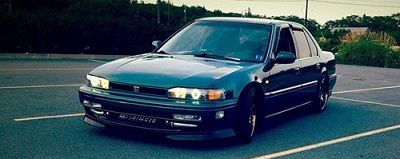
Honda is following Ford's lead and debuting the second twin-turbocharged V6 to be used by Daytona Prototypes in the United Sports Car Championship. The wait won't be long to see it on track because the new engine will debut with the Starworks Motorsport team in a Riley Gen3 prototype chassis at the 12 Hours of Sebring from March 12-15.
The new HR35TT engine is based on Honda's J35 production V6 found in a variety of its models, including the current Accord. The racing version benefits from dry sump lubrication, but is still similar to the production version with an aluminum block, direct injection and single overhead camshafts. It is fueled by 100-octane E10 fuel, but like many racing engines, exact power figures have not been released.
Starworks has had a close relationship with Honda since it won the LMP2 class at the 24 Hours of Le Mans and in the FIA World Endurance Championship in 2012 with a Honda Performance Development ARX-03b chassis and Honda engine. We can't wait to see this new mill hit the track, and see how it fairs against Chip Ganassi Racing's EcoBoost-powered Riley. Scroll down to read the press release for the full details.
The new HR35TT engine is based on Honda's J35 production V6 found in a variety of its models, including the current Accord. The racing version benefits from dry sump lubrication, but is still similar to the production version with an aluminum block, direct injection and single overhead camshafts. It is fueled by 100-octane E10 fuel, but like many racing engines, exact power figures have not been released.
Starworks has had a close relationship with Honda since it won the LMP2 class at the 24 Hours of Le Mans and in the FIA World Endurance Championship in 2012 with a Honda Performance Development ARX-03b chassis and Honda engine. We can't wait to see this new mill hit the track, and see how it fairs against Chip Ganassi Racing's EcoBoost-powered Riley. Scroll down to read the press release for the full details.
http://www.autoblog.com/2014/02/22/h...ine/#continued







Comment